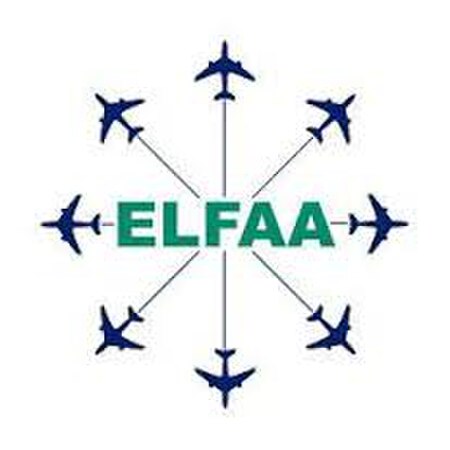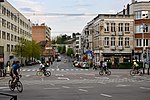European Low Fares Airline Association
Airline trade associationsEuropean Low Fares Airline AssociationEuropean airline stubsOrganisations based in BrusselsOrganizations disestablished in 2016 ... and 1 more
Organizations established in 2004

The European Low Fares Airline Association (ELFAA) was an organization formed in 2004 to represent low-cost carriers and lobby European institutions on their behalf. It ceased operations and disbanded in 2016, as major members joined the newly formed trade group Airlines for Europe. ELFAA was based in Brussels, Belgium.
Excerpt from the Wikipedia article European Low Fares Airline Association (License: CC BY-SA 3.0, Authors, Images).European Low Fares Airline Association
Rue du Luxembourg - Luxemburgstraat, City of Brussels
Geographical coordinates (GPS) Address Nearby Places Show on map
Geographical coordinates (GPS)
| Latitude | Longitude |
|---|---|
| N 50.8403 ° | E 4.3668 ° |
Address
Nordic House
Rue du Luxembourg - Luxemburgstraat
1000 City of Brussels (Brussels)
Belgium
Open on Google Maps






